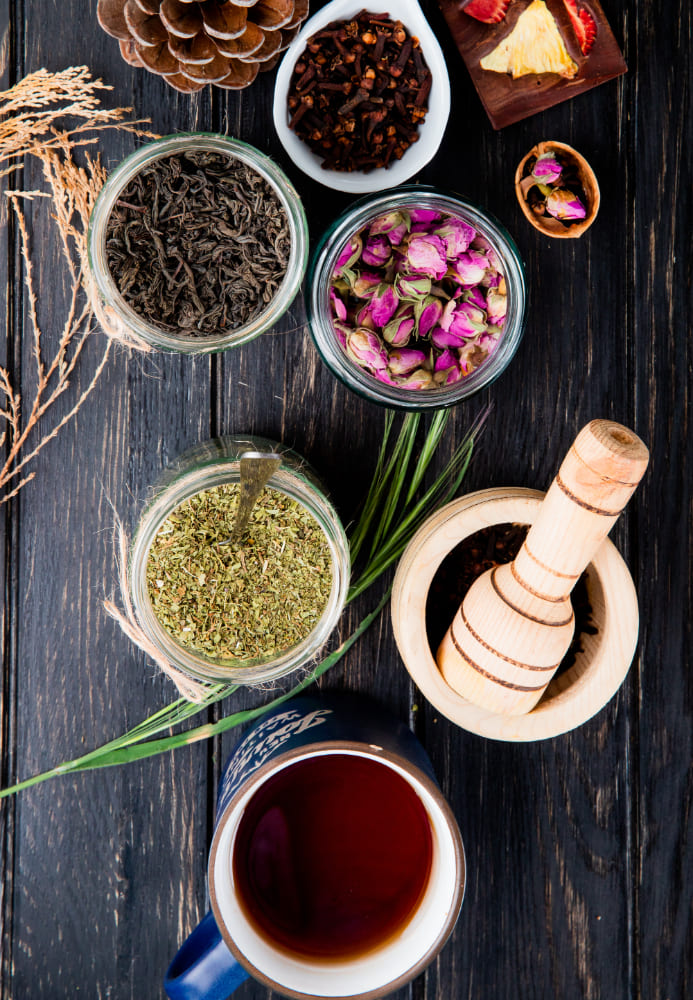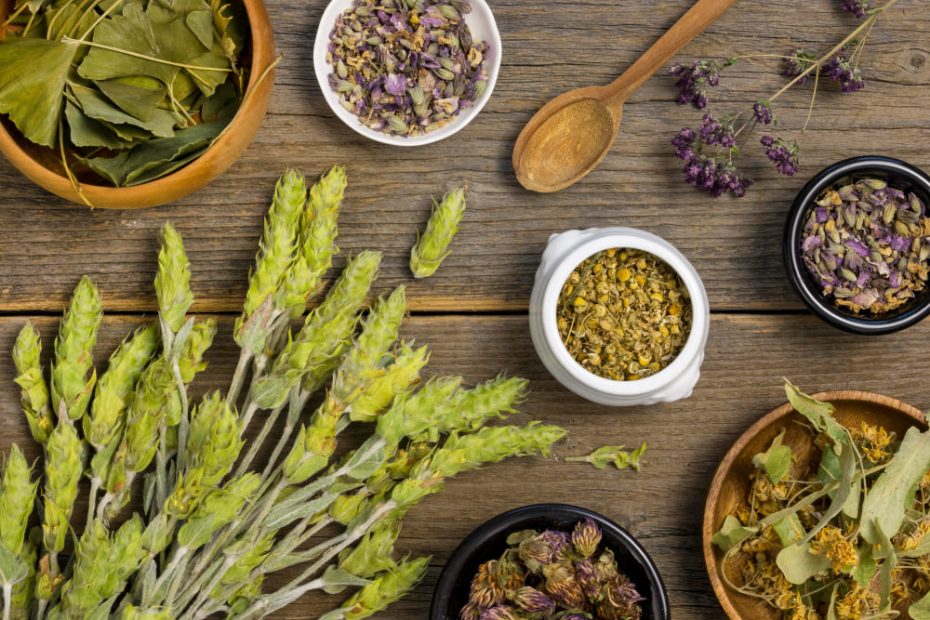The plants our grandmothers trusted. The science finally catching up. And the healing we’ve always craved.
Come on, medicine today is incredible. It can bring back heart attacks, rebuild joints, and enable us to keep going like our grandparents can only imagine. But when we get aches and pains, stress, or one of those days when you just do not feel well. A pharma fix could be like killing a fly with a sledgehammer.
Which is why more and more of us are reaching for something quieter. Gentler. Wiser. Something that heals, but also knows.
Herbalism has been around for thousands of years, not because human beings were ignorant, but because they were. They tuned into the planet, trusted the slow magic of plants, and shared their knowledge. And now, with science backing them up, those old whispers are rumbling louder than ever.
The following are 11 of the most common healing herbs, not only what they can cure, but how they get you feeling.

1. Rosemary (Rosmarinus officinalis)
Sometimes, just walking past a rosemary bush is enough to make you pause, Not by accident. Rosemary doesn’t simply smell of Sunday roast, it wakes your brain up, calms your joints, and even keeps the bugs off.
– How it helps: Calmed inflammation, enhanced memory, and eased aching muscles.
– How we use it: In teas, scalp massage, or tossed into soups and let’s be honest, there’s nothing so beautiful as roasting vegetables with a sprig of rosemary.
2. Lemon Balm (Melissa officinalis)
Lemon balm is peace in a teacup. If your mind’s racing or your body’s wound too tight, the herb surrounds you with the type of peace you forgot to recall.
– How it does it: Commended for anxiolytic effects, soothing the nervous system, and insomnia like the gentle “shhh…” of nature
– How we take it: Whipped into tea at night or after a challenging, long day. Honey sprinkled on top, and you’ve got a bedtime song in a cup.
3. Boldo (Peumus boldus)
Boldo is the stomach’s good friend after an iffy night of poor decision-making. Huge meal? One too many bottles of wine? That third piece of cake? Boldo remedies it.
– How it helps: It cleanses the liver, calms indigestion, and even cures hangover.
-How we take it: As a potent, earthy, leave-nothing-to-the-imagination bitter tea.
4. Carqueja (Baccharis trimera)
Carqueja is bitter-tasting, and it’s like it don’t mess around. And it don’t. It ain’t cute. It ain’t sugary. But it does cleanse out your system like a good sob that you’ve been keeping inside for far, far too long.
– How it benefits: Lowers the cholesterol, feeds the liver, and gets the blood circulating at full speed.
– How we take it: Steeped in a strong tea that is ceremony, not drink.
5. Erva-de-bugre (Casearia sylvestris)
When you’ve ever had your body holding too much water, tension, weight, this herb speaks softly, “Release.”
-How it benefits: It’s a diuretic that calms inflammation and releases tension in your joints and legs.
-How we use it: In a circulation-stimulating tea, which we can use when we’ve been sitting still for too long.
6. Rue (Ruta graveolens)
Rue’s a pest. It’s bitter. It’s potent. And it’s been used to cure everything of skin problems to bad energy.
-How it helps: Kills bacteria, soothes aches and pains in the body, and cures earaches, boils, and even lice.
-How we use it: Long ago, in tea or poultices. Not to drink every day, though this is a tree you show some respect to, not to.
7. Brazilian Peppertree (Schinus terebinthifolius)
There’s a sort of old-magic, ancient aspect to the Brazilian peppertree. Used by indigenous peoples long before scientists ever put it into writing, it’s been soothing bellies and cuts in quiet for centuries.
-How it helps: Digestion, soothes inflammation especially gynecological and skin heals.
-How we use it:People often use it in calming baths, healing teas, or concentrated drops — sometimes blending it with other herbs to really fasten the healing.
8. Agrimony (Agrimonia eupatoria)
Agrimony is the herb’s best-kept secret of tough, earthy, and hugely versatile.
-How it helps: Tummy cure, liver tonic, sore throat soother, and inflammation stopper.
-How we use it: As a tea, it’s herbal medicine for inside of you. Calming, but powerful.
9. Ginger (Zingiber officinale)
Ginger doesn’t whisper, it bellows. If your tummy grumbles, or you’re running on empty, ginger is the fire and the fix.
– How it helps: Anti-inflammatory, anti-nausea, and anti-just-about-everything. It’s tough stuff.
– How we use it: Grated fresh over tea, added to stir-fries, or as a morning lemon and honey shot.
10. Aloe Vera (Aloe vera)
Aloe is the gentle hand on a burn. The “you’re okay” after an accident. The silence after hurt.
– How it helps: Heals wounds, soothes burns, and alleviates skin irritations. It also has uses internally if well-prepared.
– How we use it: Used topically, or juiced in tiny quantities to calm digestion and to water.
11. Peppermint (Mentha piperita)
Peppermint is the brash, never-shy friend who tells it like it is with swagger. Wakes you up, clears your head, and soothes your belly simultaneously with one quick sniff.
– What it does for you: Heals headache, heals cramps, opens sinuses. Body air-conditioning.
-How we use: Tea, oil, steam inhalation, peppermint is so handy.
⚠️ WARNING
Do not think that something being natural makes it okay to use anytime you want. Herbs are strong. Because of that. They can do funny things when combined with drugs, or be annoying. Begin gradually always. And if pregnant, breastfeeding, or taking meds, go see a pro who’s familiar with your medical history.
Let the Plants In
They are not trends. They are not capsules to put on your shelf. They are wise elder friends waiting patiently, requiring only attention and respect.
The next time your body hurts, your belly growls, or your soul is burdened, take a moment, Steep, Breathe. And let the plants teach us how to heal.

Numrah Fareed is a freelance writer and home organization enthusiast with a passion for practical, eco-friendly living. When not typing away at her desk, she’s experimenting with DIY cleaning hacks and helping readers simplify their routines one tip at a time.
